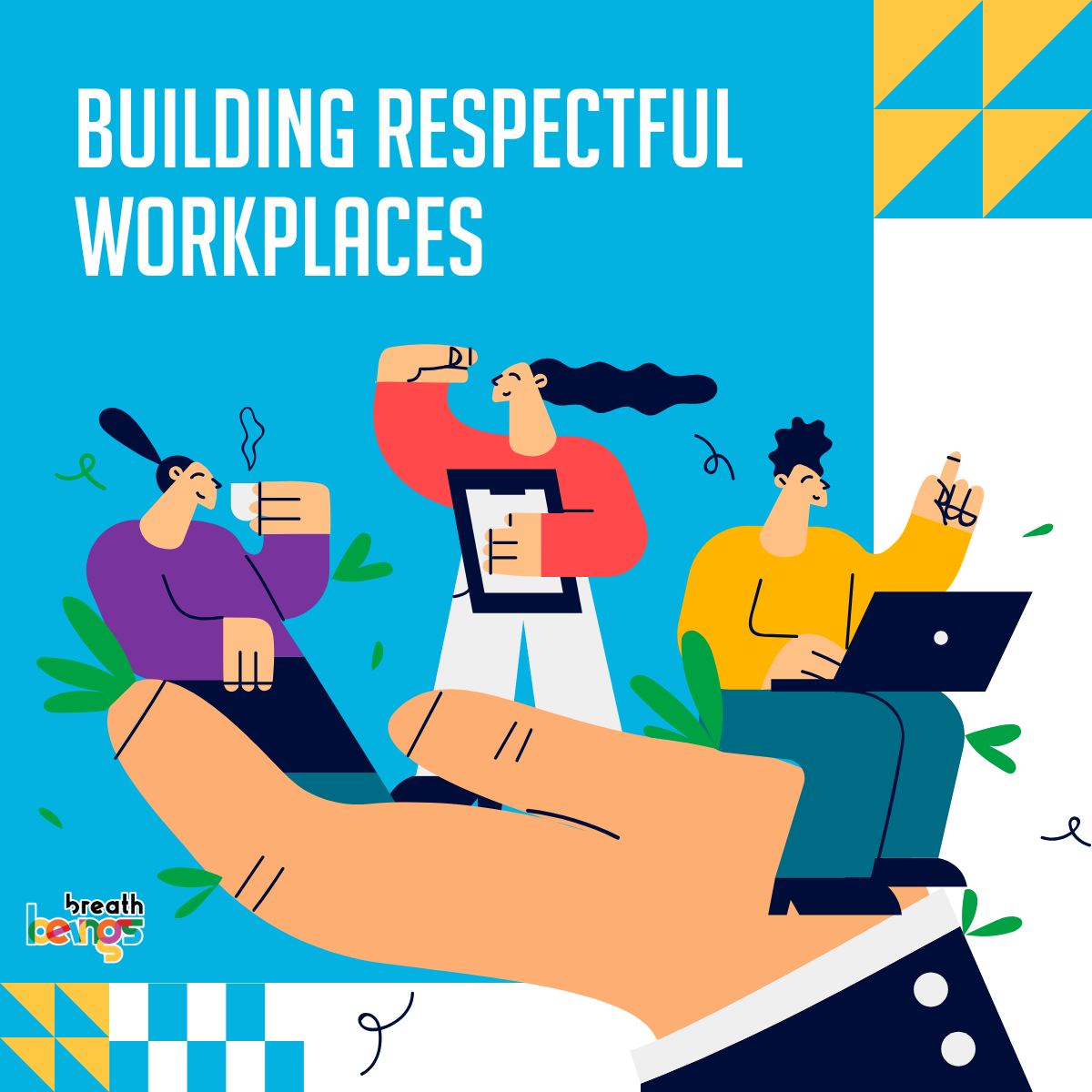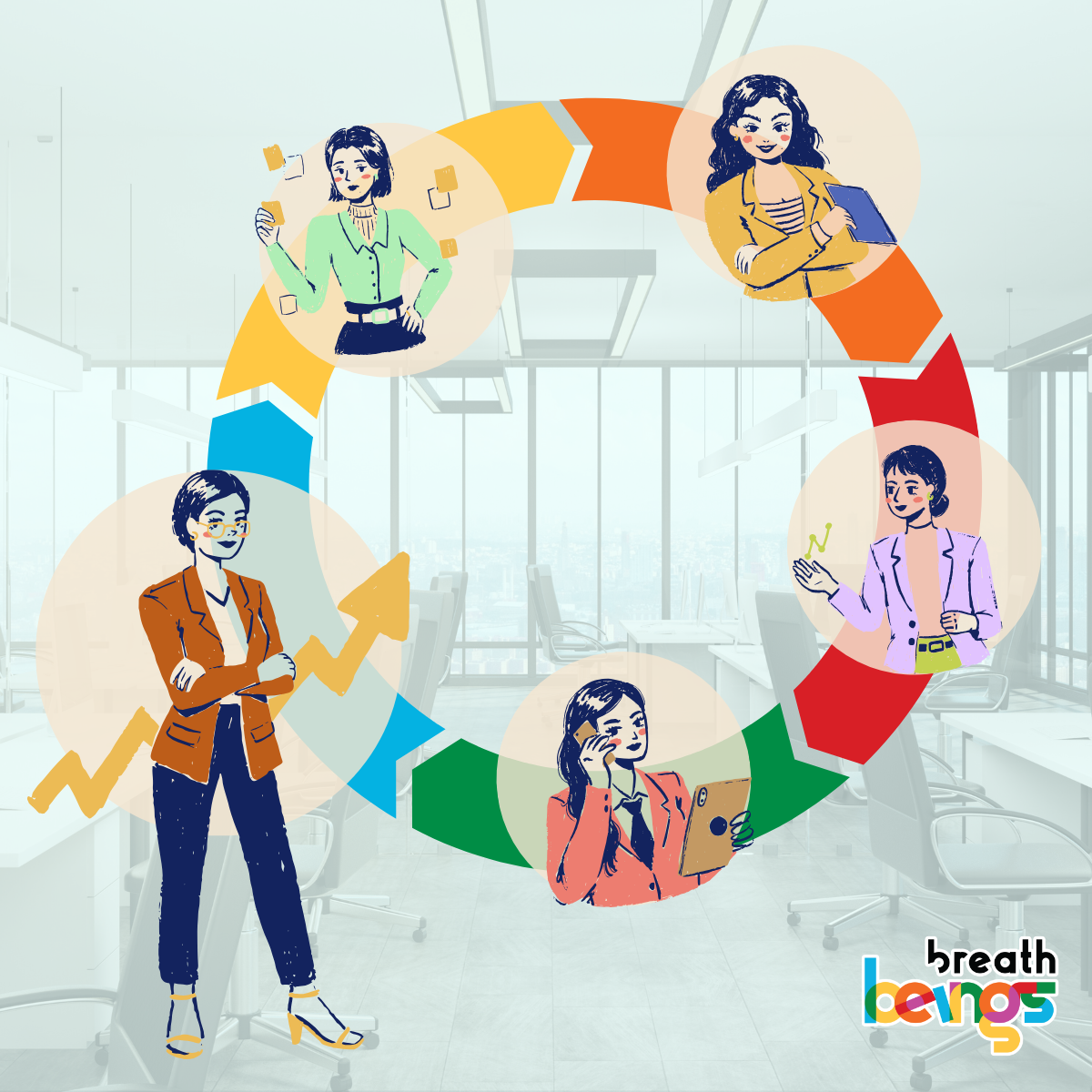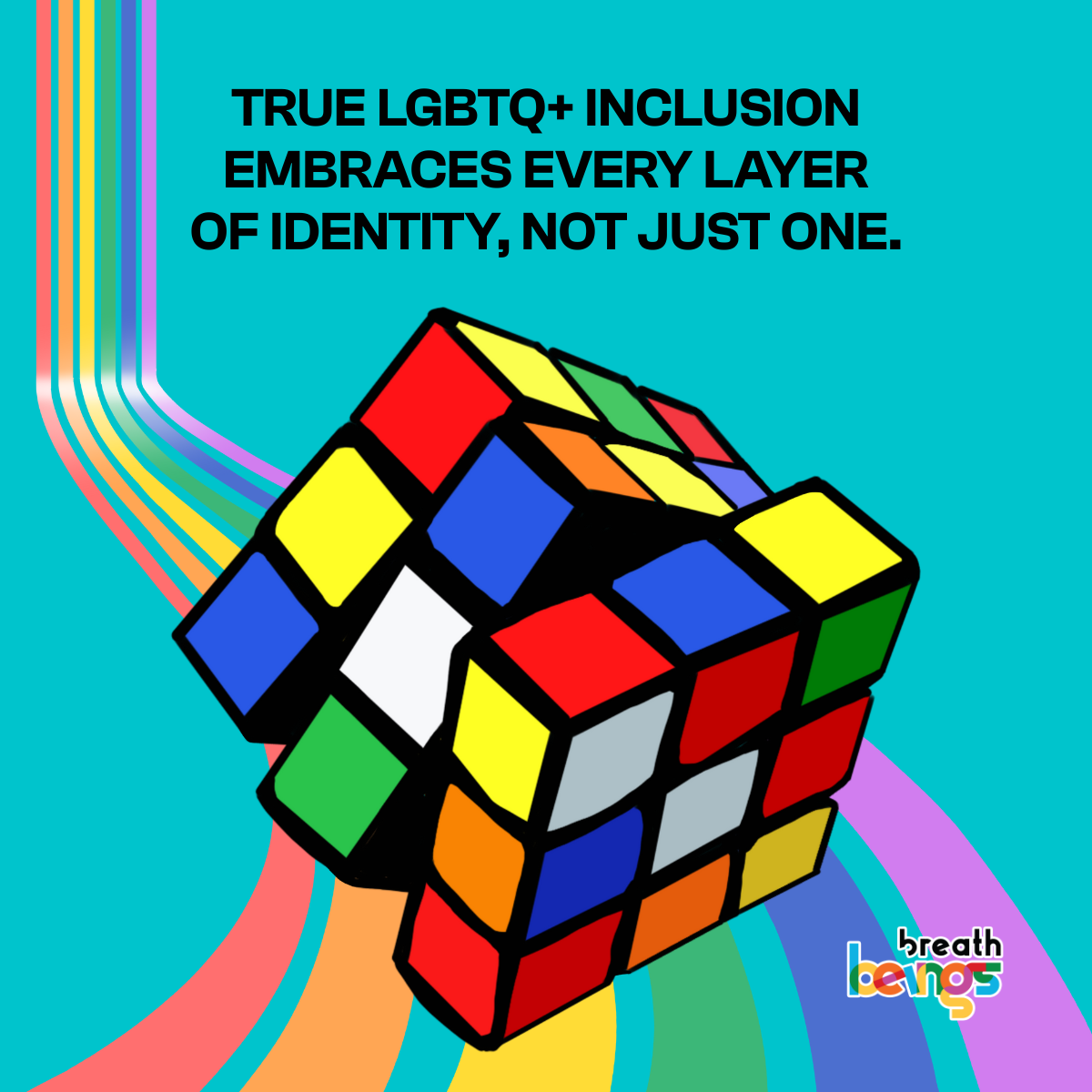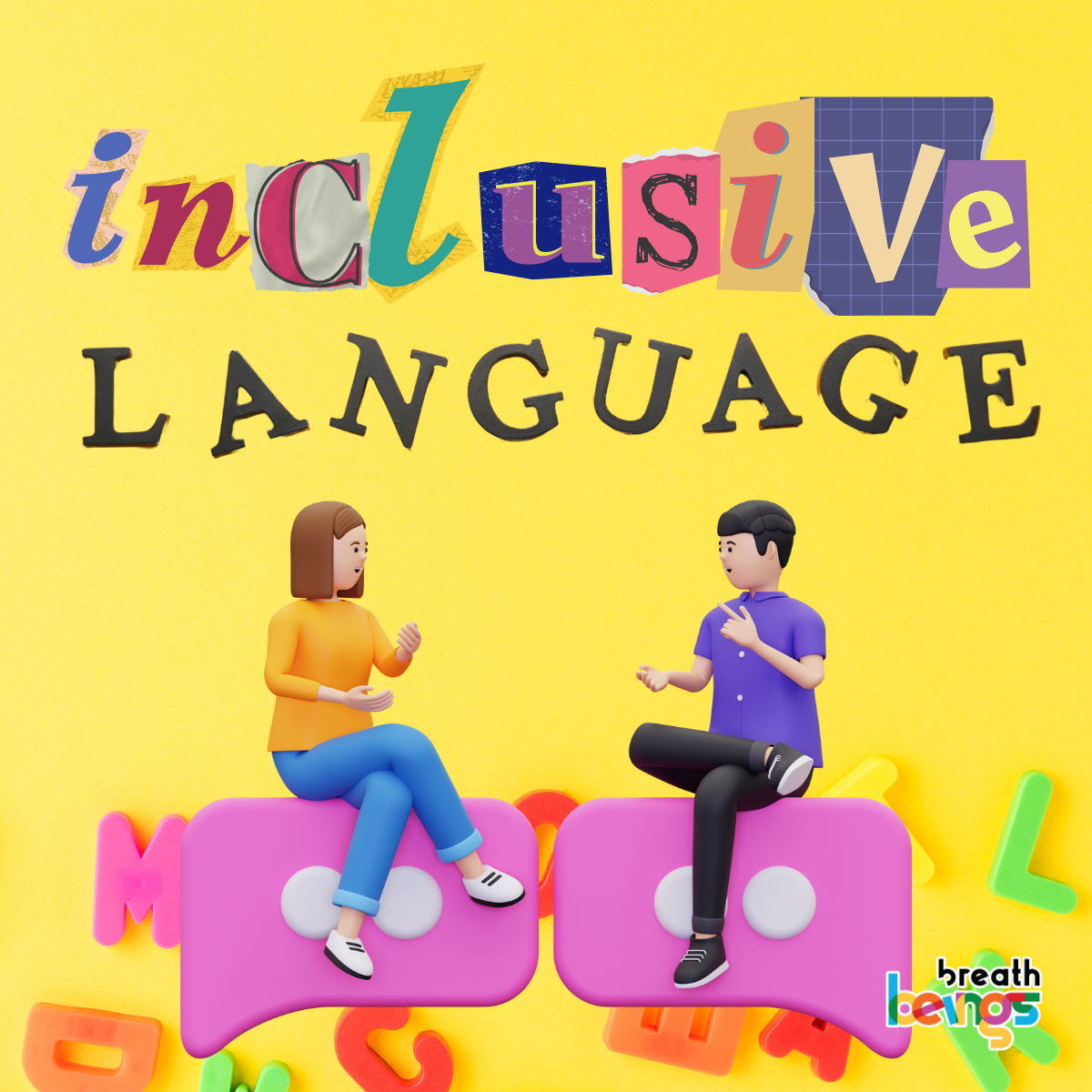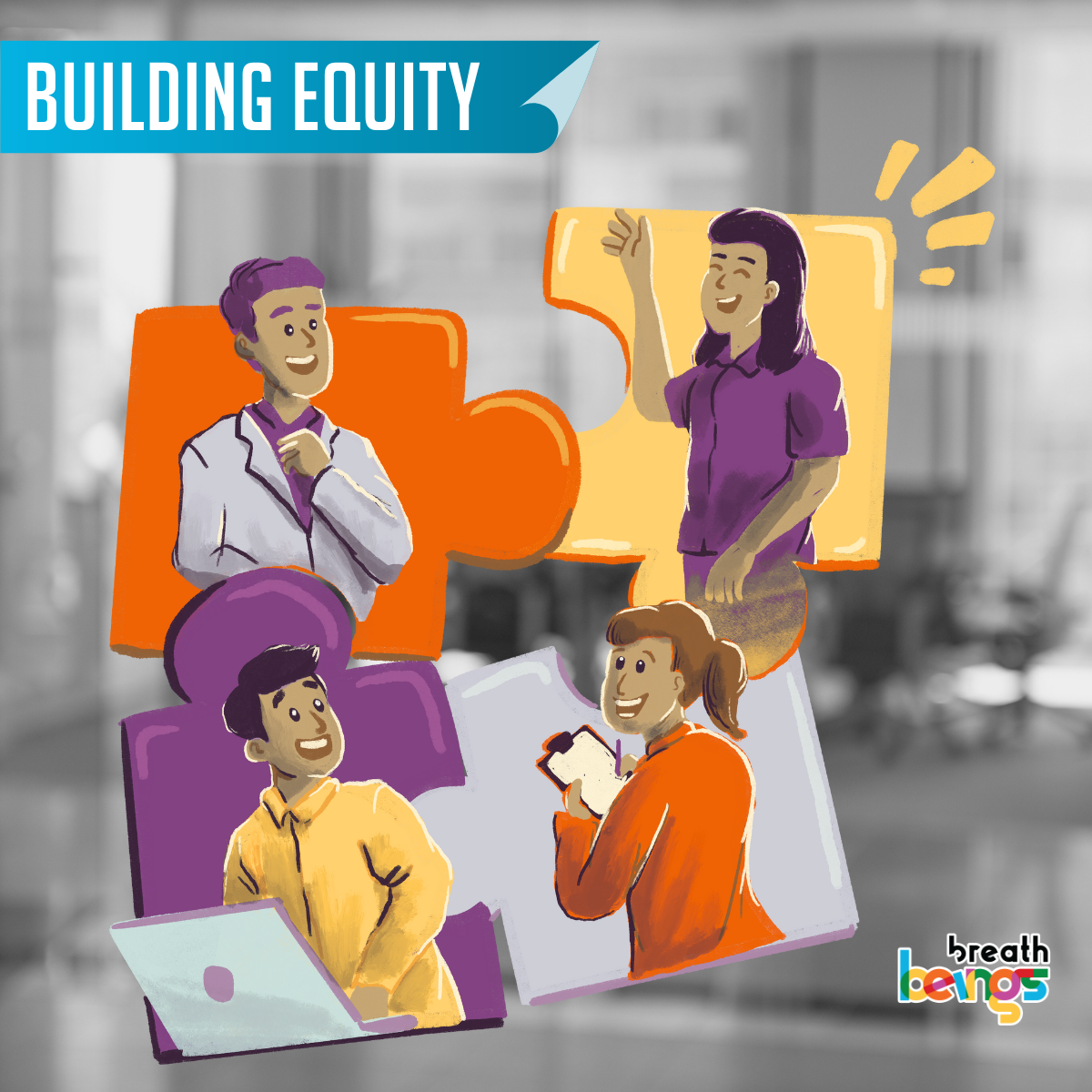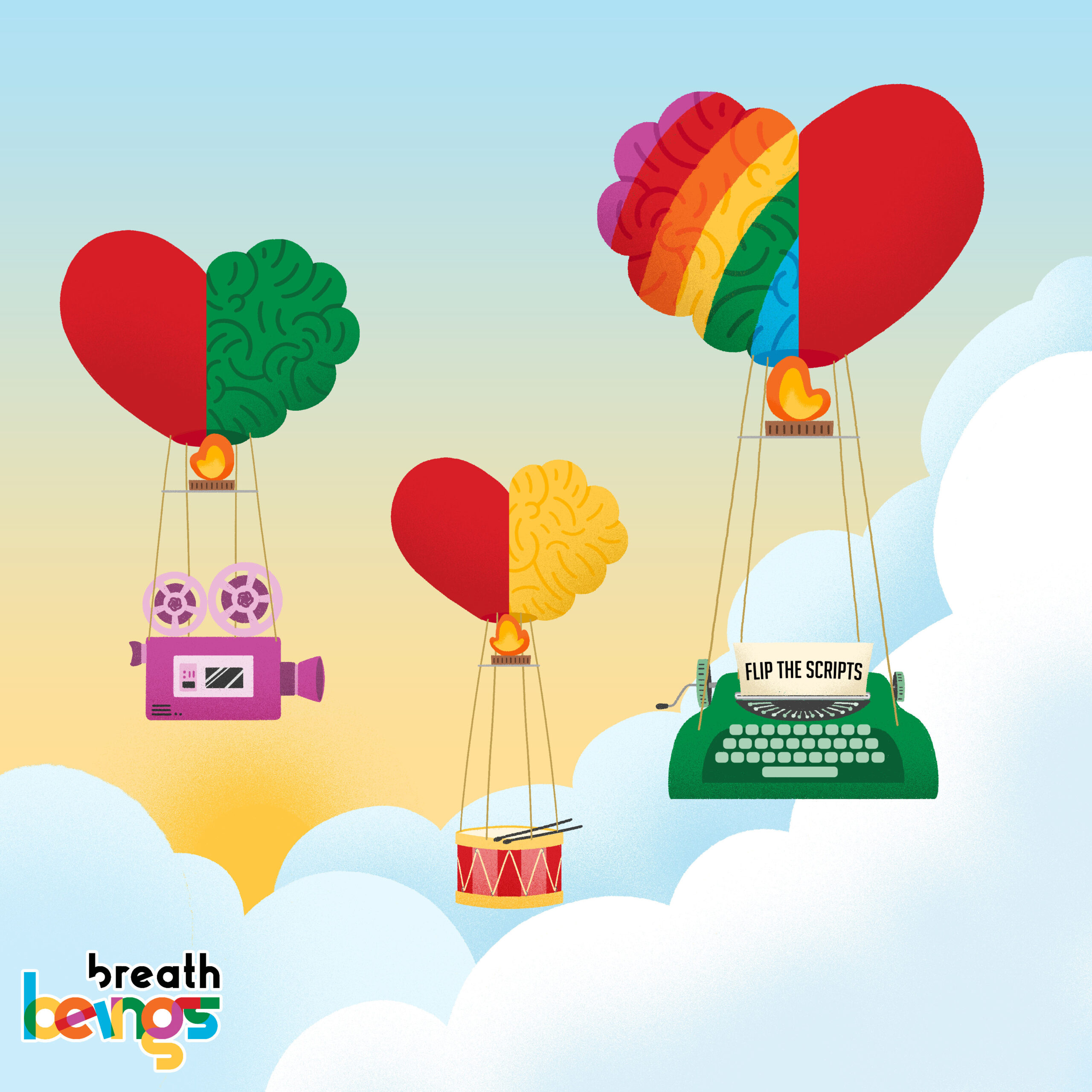“Ok Boomer.”
A few years ago, this meme took the internet by storm, sparking heated debates across social media platforms. The meme quickly morphed into a cultural touchstone, highlighting the growing tensions between generations in our society – and by extension, in our workplaces.
Yes, organizations have been busy putting together gender and racial diversity initiatives. But while much attention has been given to gender and racial diversity, there’s another crucial aspect that often flies under the radar: generational diversity.
Ageism, the stereotyping and discrimination against individuals or groups based on their age, is a pervasive issue in many workplaces. It can manifest in subtle ways, like assuming older workers can’t adapt to new technologies or that younger employees lack the necessary experience to lead important projects. These biases not only hurt individuals but also hamper organizational success by limiting access to valuable talent and perspectives.
Seniors are underutilized as per the International Labor Organization, which says that people aged 65 and above have the lowest unemployment rates in the world. What’s more, the OECD cites age discrimination as one of the biggest barriers to career mobility for older workers.
Why you Need Generational Diversity
While many organizations have made strides in addressing racial and gender diversity, age diversity often remains an afterthought in DEI strategies and a missed business opportunity, according to Megan Gerhardt in their book ‘Gentelligence: The Revolutionary Approach to Leading an Intergenerational Workforce’.
“Every war has casualties. In the case of generational conflict, the loss is one of talent potential,” says Megan.
Here are a few reasons why:
Enhanced innovation
Experienced employees can show proven ways to make a project successful while the younger ones can bring tech-forward ideas and solutions. Together, they can demonstrate highly innovative ways of thinking.
Improved decision-making
A mix of youthful energy and seasoned wisdom can lead to more balanced and informed decision-making processes.
Expand your customer base
A workforce that reflects various age groups is better equipped to understand and cater to diverse customer bases, spanning different generations.
Increased adaptability
Organizations that embrace generational diversity are often more adaptable to change, as they benefit from a wide range of problem-solving approaches.
Strategies for Reducing Age Bias in Recruitment and Hiring
Many of today’s workplaces are most likely to have five generations come together, from ages 25 to 75. Surely, that must mean something for an organization.
To harness the power of generational diversity, businesses must first ensure their recruitment and hiring processes are free from age-related biases.
Here are some effective strategies:
Implement blind recruitment practices
Remove age-identifying information from resumes and applications to focus solely on skills and qualifications.
Diversify interview panels
Ensure that interview panels include members from various age groups to minimize unconscious biases.
Use skills-based assessments
Evaluate candidates based on their actual abilities rather than making assumptions based on age or years of experience.
Review job descriptions
Eliminate age-biased language and focus on the skills and competencies required for the role. For instance, older people would not be able to identify with words like ‘energetic’ or ‘recently graduated’.
Provide bias training
Educate recruiters and hiring managers about age-related biases and how to overcome them.
Creating an inclusive culture
Recruiting a diverse workforce is just the first step. To truly reap the benefits of generational diversity, organizations must tailor its strategies and practices to form an inclusive culture where multiple generations feel valued and empowered.
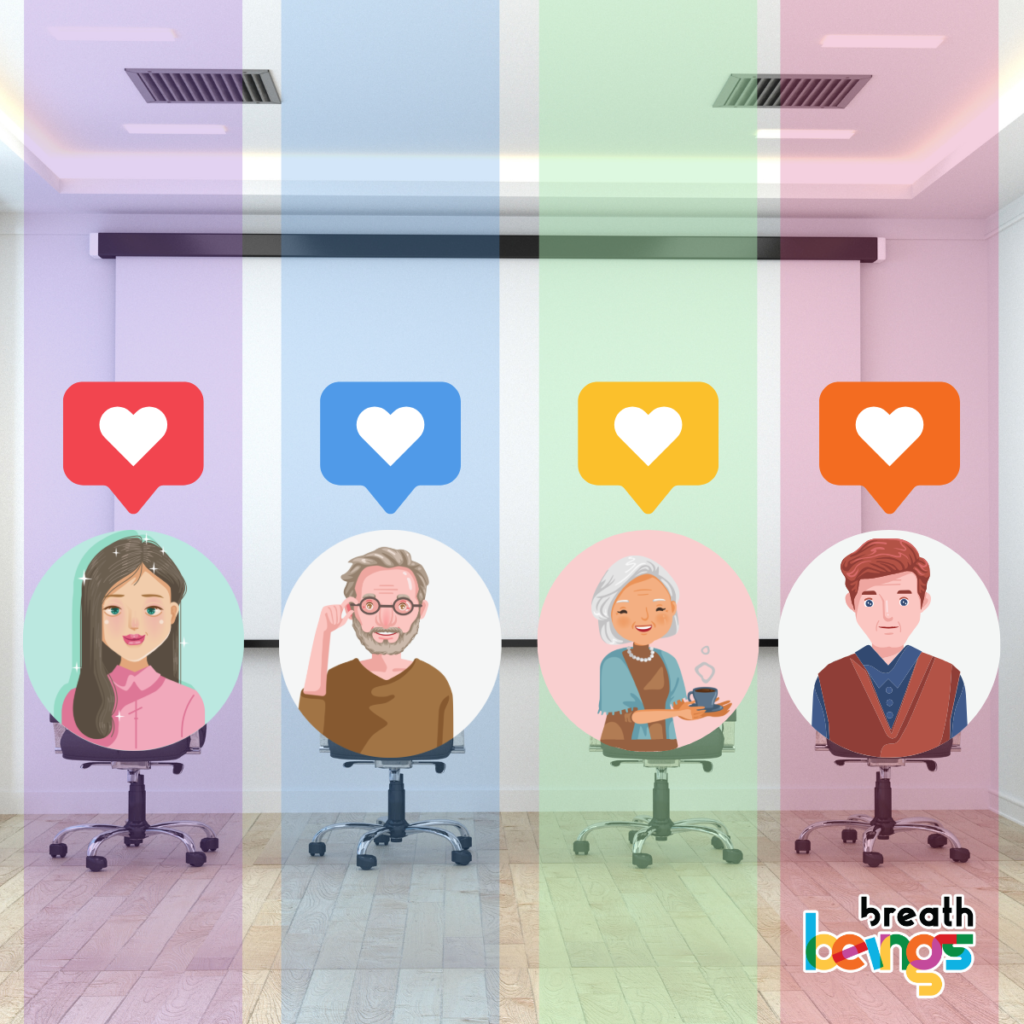
Best Practices to Build an Age-Diverse Workforce
Here are some best practices to build an age-diverse workforce:
Flexible work arrangements
Offer options like remote work, flexible hours, or part-time schedules to accommodate the diverse needs and preferences of different age groups. For example, older employees might prefer to work a certain number of hours to function productively and younger employees might like to have remote work options to manage a growing family.
Cross-generational mentoring programs
Establish two-way mentoring initiatives where younger and older employees can learn from each other, fostering mutual respect and knowledge sharing. These programs can help build new skills, strengthen confidence, and enrich the overall work experience.
Mixed-age project teams
Deliberately create teams with members from different generations to encourage collaboration and diverse thinking. This also enables an organization to tap into a wide range of experiences and perspectives, and also boost cultural and emotional intelligence.
Inclusive communication
Use a variety of communication channels and styles to ensure all employees, regardless of age, feel comfortable and engaged. For instance, older employees might prefer phone calls or in-person meetings to digital methods of communication.
Continuous learning opportunities
Provide training and development programs that cater to employees at all career stages, promoting lifelong learning and skill development. Make space for peer mentoring and knowledge sharing sessions and create flexible training programs that meet the needs of different generations.
Prevent Age Discrimination
Organizations can take proactive steps to create a truly age-inclusive workplace from scratch.
Start with clearly outlined comprehensive anti-discrimination policies that explicitly prohibit age discrimination in all aspects of employment. These should be accompanied by clear, confidential channels for reporting age-related discrimination or concerns.
It’s also imperative to conduct ongoing training sessions on age diversity, unconscious bias, and the value of intergenerational collaboration. Ensure that performance assessments focus on objective criteria rather than age-related assumptions. Recognize and highlight the contributions of employees across all age groups to foster a culture of inclusion and appreciation.
Measuring and Maintaining Continuity
Here’s where we come to, perhaps, the most important aspect of your DEI initiative – measuring. Meticulously tracking and measuring the impact of your efforts improves accountability, allows you to assign responsibilities, and rewards you with tangible results.
One of the easiest methods to implement would be anonymous employee surveys, which lets you gather regular feedback on workplace culture, inclusion, and age-related experiences. Don’t forget to analyze engagement levels across different age groups through your ERGs or other activities to ensure all employees feel valued and motivated.
Assess the overall age distribution of your workforce across new hires, promotions, and leadership positions and keep an eye on retention rates across the different age groups.
The workforce continues to diversify in terms of age, and organizations that prioritize generational diversity as a key component of their DEI training and strategies will be better positioned to thrive in an increasingly complex business environment. No doubt, generational diversity is challenging and involves many changes at an organizational level. But the rewards far outweigh the efforts. And we would say, that’s absolutely worth it.



